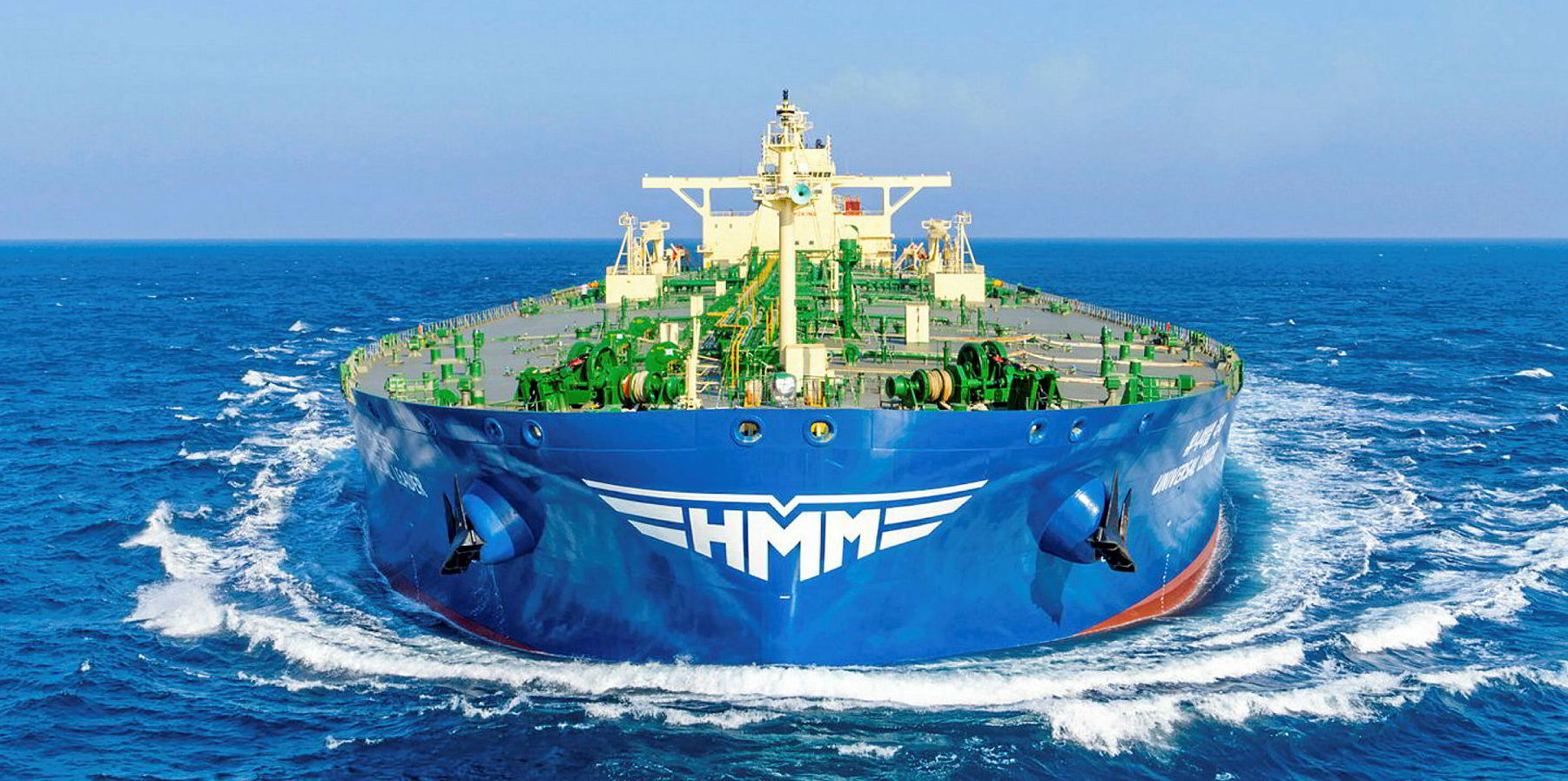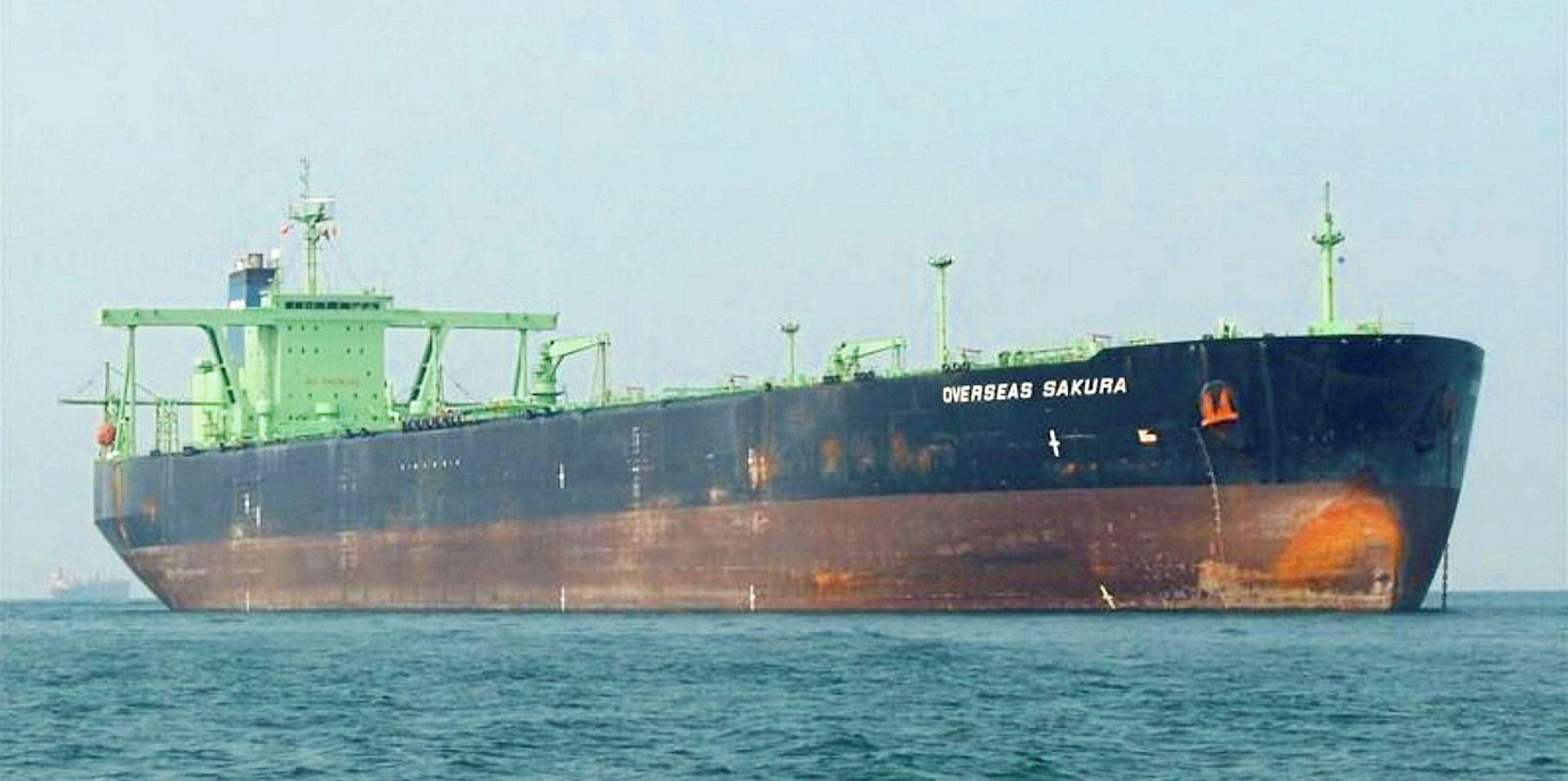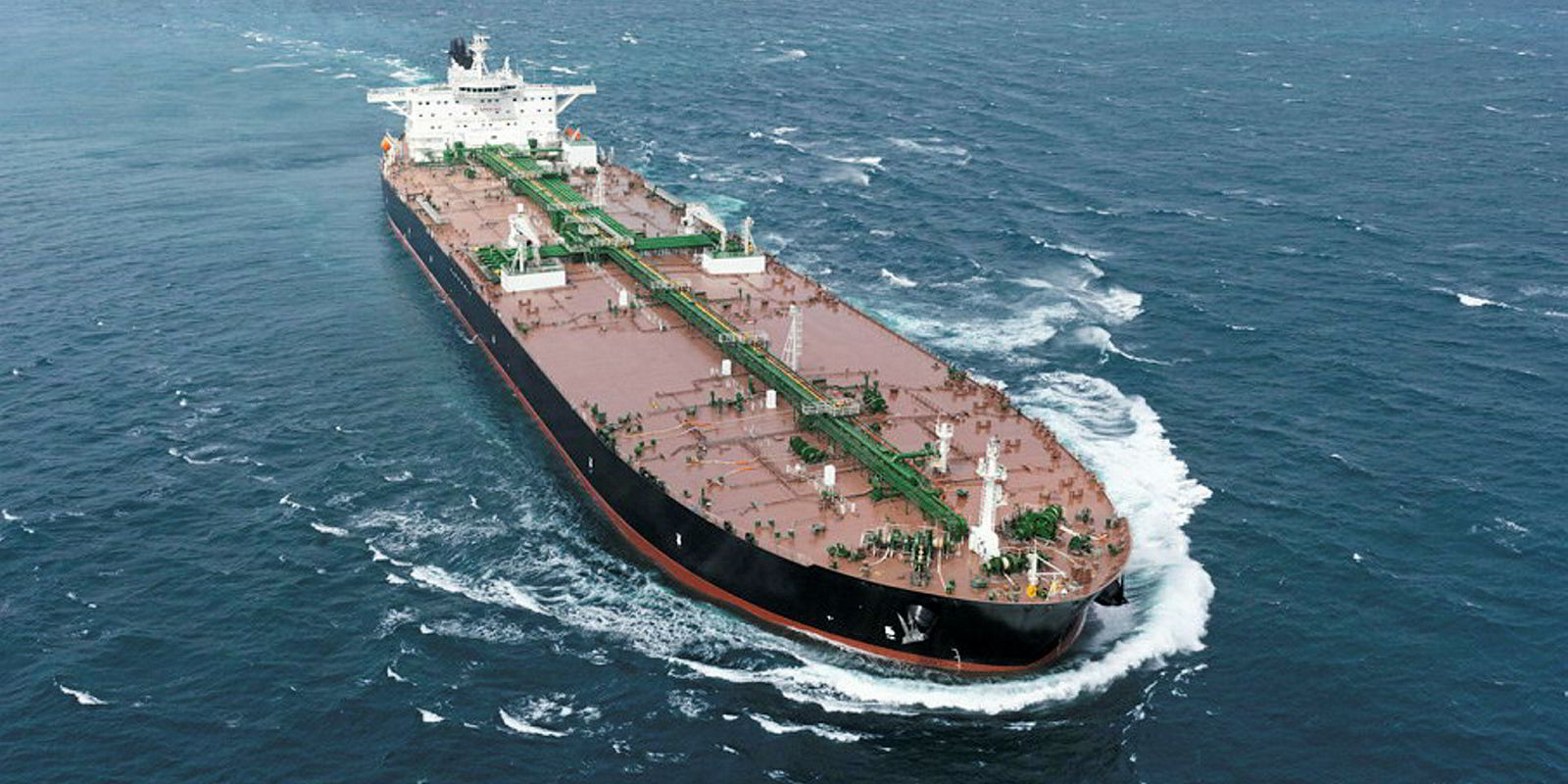VLCC deliveries in the first six months of 2019 were at their highest level for a half year period in the last 20 years, claims a top shipbroker.
Some 34 vessels of 12.1 million dwt, or 54% of the VLCC orderbook, were delivered between January and July 2019, said SSY in its latest monthly report.
“Owners are likely keen to ensure their scheduled deliveries are met to take advantage of the higher freight rates that are expected in the second half of 2019 amid the increased demand and potential disruption to trade ahead of the IMO 2020 switchover to lower sulphur marine fuels,” the broker said.
The crude and product tanker fleet of over 10,000-dwt grew by a net 3.8%, or 20.7 million dwt, in the first half of 2019 amid a rapid pace of deliveries and a sharp slowdown in removals.
“In deadweight terms, this is the biggest half-yearly expansion in a decade, driven by a net 3.9% rise in the crude fleet – 63 ships of 15.17 million dwt – and a net 3.36% increase in the product sector – 90 ships of 5.32 million dwt,” said SSY.
The rate of growth for crude tankers so far this year, has surprised due to the high percentage of the orderbook that has already been delivered in some sectors of the fleet, it said.
The first half of the year saw 74% of the current suezmax orderbook delivered, or 23 vessels of 3.51 million dwt, and 68% of the aframaxes, or 19 vessels of 2.15 million dwt.
The incentive for owners to remove their ships has been reduced by declining scrap prices, the prospect of higher spot rates and increased opportunities for older vessels to be hired for floating storage ahead of IMO 2020
SSY
“As such, there is expected to be minimal slippage this year for the crude fleet, with position tracking showing that over half of the remaining vessels still scheduled to arrive this year have been launched," SSY said.
On the clean side, SSY said 78% of the LR2 orderbook – some 21 ships – joined the fleet in the first six months of 2019, but for the smaller vessels 35% and 48% of the respective LR1 and MR fleets were delivered. However, for MRs, this was 46 vessels of 2.28 million dwt, the highest since the first half of 2016.
Meanwhile, tanker removals have fallen sharply this year after a surge in scrapping levels in late 2017 and during 2018 that was triggered by “weak freight rates and a narrowing of the spread between 15-year old asset prices and scrap values”.
A total of 29 units of almost 3 million dwt are said to have left the fleet in the first six months of this year, down from 91 vessels of 12.26 million dwt in the same period 12 months ago.
Just 18 crude vessels were removed between January and July 2019, against the 63 scrapped in the corresponding period in 2018.
Tankers scrapped up to the end of July included just three VLCCs, seven suezmaxes and five aframaxes compared to the 22, 9 and 27 units removed respectively a year ago.
“The incentive for some owners to remove their ships has likely been reduced by declining scrap prices that in June dropped to the their lowest since 2017, the prospect of higher spot rates in late 2019 and early 2020 and increased opportunities for older vessels to be hired for floating storage of marine fuels ahead of IMO 2020,” SSY said.
“With the majority of the orderbook already delivered, the pace of fleet growth in the second half of this year is expected to slow sharply, despite expectations of subdued demolition activity.
“In addition, a significant number of vessels, particularly VLCCs and suezmaxes, are due to head into dry dock for scrubber retrofits while some older units are being booked for floating storage.”
With less newbuilds to absorb and the trading fleet reduced, SSY said tonnage supply could become squeezed at times, injecting volatility into the spot markets, as global crude trade increases and tonne miles are boosted by an increase in Atlantic to Asia flows.
“Similarly, more longhaul trade is expected in the clean markets as distillate cargoes move from Asia and the Middle East where there is a growing overhang of supply to West of Suez to meet the rise in demand due to the switch in bunker fuel requirements,” it said.
“This should help absorb the high level of newbuilds that have entered the fleet already, although clean market earnings are still at risk from increased competition for trade from the number of VLCCs still due to enter the market as they increasingly book distillate cargoes on their maiden voyages to the west.”





